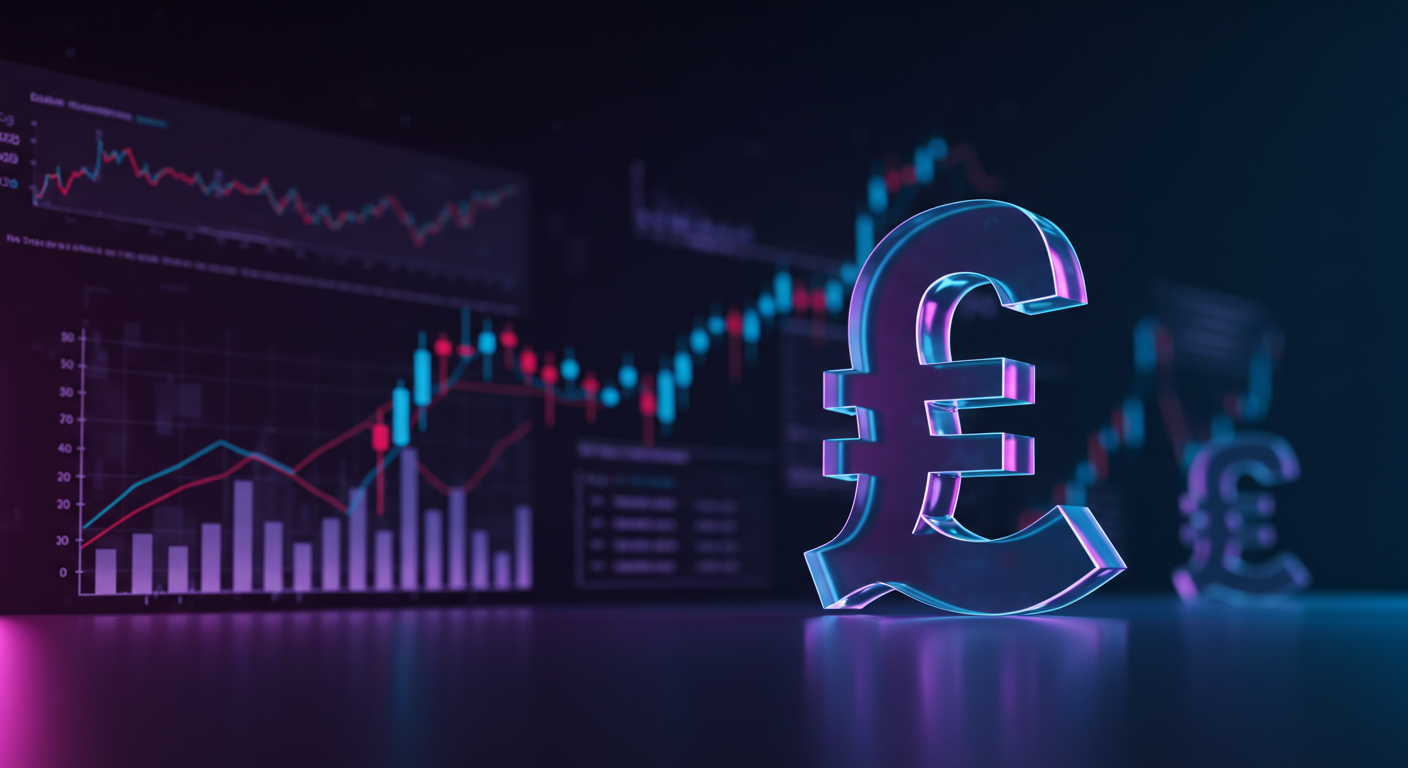Japan’s services PPI for January is set to be released, while the goods PPI for the same month increased by 4.2% year-on-year, surpassing the expected 4.0% and an increase from 3.8% previously.
No specific expectation figures are provided for the services PPI, but a median consensus estimate stands at 3.1%.
The ongoing inflation pressure in Japan remains evident.
Additionally, a rate cut is anticipated from the Bank of Korea today.
Japan’s services producer price index (PPI) data for January is about to be made public. The goods PPI for the same period already showed a year-on-year rise of 4.2%, exceeding forecasts of 4.0% and improving from the previous reading of 3.8%. While there are no fixed projections for the services component, economists have settled on a median estimate of 3.1%.
Recent data makes it apparent that inflationary forces continue to shape Japan’s economy. Higher producer prices in the goods sector indicate that businesses are paying more for inputs, and these increases could filter into service-based industries. If the services PPI aligns with or exceeds expectations, it would reinforce the argument that price pressures are not confined to just one area.
On the central banking front, attention shifts to South Korea, where a rate cut is widely expected from policymakers. The decision would mark another development in the broader trend of Asian economies adapting to slowing growth and inflation dynamics. Adjustments in South Korean monetary policy could influence capital flows and exchange rate movements, which are of immediate relevance to those involved in currency and interest rate derivatives.
For markets monitoring Japanese data, confirmation of higher-than-expected services PPI figures would imply sustained price pressures, which could strengthen arguments for monetary policy adjustments in the future. However, if the figure falls below estimates, it may provide a counterpoint to the latest goods inflation numbers, suggesting that pricing power remains uneven across different sectors.
A scenario in which both Japanese inflation measures maintain their upward momentum would require some reassessment of policy expectations. While the Bank of Japan has remained measured in its approach, persistent inflationary signals may push discussions surrounding rate changes further into focus.
For now, the figures being released in the coming days should be viewed in connection with broader trends rather than in isolation. The results could influence expectations for future monetary policy not just in Japan but across the region.











